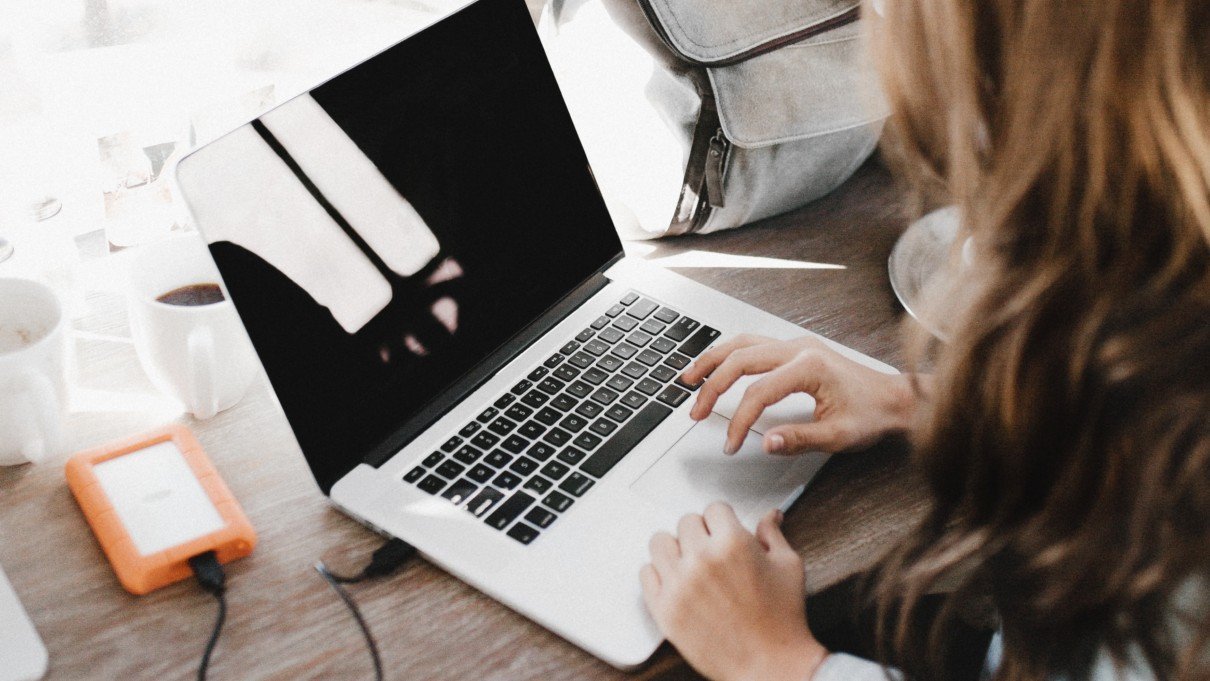Is It More Eco-Friendly to Use Your Laptop Plugged in or Unplugged?

Almost everybody has a laptop or desktop computer nowadays, and some homes have multiple. Being environmentally conscious with your electricity consumption is a must, especially if your home isn’t powered by renewable energy (whether from your own solar panels or your country’s grid).
Thankfully, a laptop doesn’t take up as much electricity as appliances and heating, but we can always look into reducing electricity usage.
Many people ask whether it’s more eco-friendly to keep your laptop plugged in while using it. But there isn’t a clear-cut answer. It’s more important to take proper care of your laptop to reduce its carbon footprint.
If you want to keep your laptop plugged in you will use a small amount more electricity, especially if you keep the battery in.
Is it better for a laptop to be plugged in while using it?
The answer to whether it’s better to use your laptop plugged in or unplugged isn’t clear. It all depends on how you use it.
Keeping your laptop plugged in and still using your battery might reduce your laptop’s battery lifespan in the long term. Full-charging a laptop battery isn’t ideal, and most experts recommend keeping it between 40 and 80% charged. This isn’t as easy as it sounds though, and there’s some leeway.
As long as you don’t fully charge to 100% (or if you do, don’t do it every time), you’ll get more out of the battery.
If you keep the battery permanently charged at 100%, your battery lifespan will be cut short. This can even be sped up if your fan is blocked or you use it out in the sun, because heat contributes to battery degradation.
If you are going to keep your laptop plugged in, it’s best to remove the battery first. You’ll use more electricity this way, but you can keep your battery for portable use. Don’t abandon your battery either – try to use it once a month and keep it in that sweet spot between 40-80%.
Does leaving your laptop plugged in waste electricity?
Staying plugged in won’t waste as much electricity as you think – modern laptops are designed to stop charging at 100%.
You should avoid leaving your laptop plugged in while it’s not being used, as the charger and power adapter will still draw small amounts of electricity. Even more electricity could be wasted during a hot day. It’s also a fire risk!
Laptops are more energy-efficient than desktop computers, so treating a laptop like a desktop computer isn’t an issue either.
In fact, it’s a greener choice to use a laptop over a desktop. Laptops can even consume up to 80% less electricity than desktop computers, though it depends on the brand and whether you’re comparing them to high-energy consuming desktops or not.
If you’re still uncertain about leaving your laptop plugged in, avoid “extreme cycles”. By charging your battery fully, you reduce the number of discharge cycles your laptop has.
Battery University’s Do’s and Don’ts of charging batteries looks at three main battery types: lead acid-based, nickel-based, and lithium-ion-based. Laptops mostly use lithium-ion batteries.
To extend the lifespan of your laptop, you should:
- Not fully charge to 100%.
- Keep the battery cool.
- Prevent full cycles of discharge (don’t let the battery run out).
- Keep the laptop away from heat, always store it in a cool, dry place.
Will leaving your laptop plugged in ruin the battery?
Leaving your laptop plugged in and ruining the battery is a common myth thanks to past charging devices.
Previously, overcharging a battery was a real concern, but nowadays laptops stop charging once fully charged. Once it’s drained a few percent it will charge back to full again.
If you’re leaving your laptop plugged in constantly, it may affect your laptop’s battery lifespan – but most people don’t do that. If you do, you can look into whether it would be better to remove the battery from the laptop.
When my old laptop’s battery lifespan was reduced to under an hour (after using it for over 5 years), I removed the battery pack and kept it plugged in to save the bother of having to rush to charge it.
If your device is already getting to the point of struggling with its battery, try running it just from the mains and forgo the battery entirely. It’s more unsustainable to pay out for a new battery than it is to use electricity already being used!
Just make sure you store the battery in a cool place and keep it between 40-80% full. Any less and it will self-discharge over time until it can’t be charged again.
How to be more environmentally friendly when using your laptop
Other than leaving your laptop plugged in or not, the best way to be more environmentally friendly with your laptop usage is to take care of it!
Manufacturing a laptop has more of an impact on the environment than your electricity consumption, especially if that electricity comes from renewable energy.
All the electronics needed for a laptop have ingredients that need to be extracted, processed, transported, packaged, and more. A lot of that will go through multiple stages of transportation!
Buying refurbished or second-hand laptops can help reduce the environmental impact of laptops as well.
By looking after your laptop, you can reduce the number of repairs it needs.
It’s better to repair than buy new, but limiting how often you need repairs will help reduce the carbon footprint of your laptop.
Recycling electronics has its own environmental costs too (especially if it isn’t recycled properly), so prolonging the use of your laptop helps even more.
